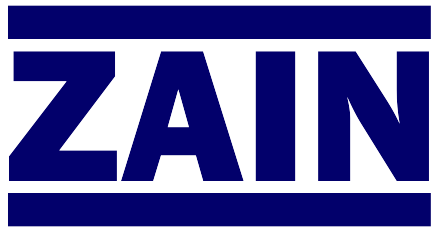Development of Transitional Flow Mixing Impeller
Author:
Ronald J. Weetman, Ph.D. - Principal Research Engineer
Presented At The 7th European Conference on Mixing
Brugge, Belgium — 18-20 September 1991
This paper presents the development of the Lightnin A410 Impeller, designed to improve mixing performance in the transitional flow regime where viscosities and Reynolds numbers vary significantly. Using Laser Doppler Velocimeter (LDV) measurements, blending studies, and Computational Fluid Dynamics (CFD), the impeller’s flow characteristics and efficiency were evaluated and validated. Results show that the A410 achieves faster blending, maintains effective pumping near the hub, and demonstrates strong agreement between experimental data and CFD simulations.
Key Learnings
- Transitional flow regimes (Reynolds number 20–2000) are common in small batch and high-viscosity mixing applications, making impeller design critical.
- The Lightnin A410 impeller was developed to address blending challenges by combining high flow efficiency in turbulent flow with unique performance in transitional flow.
- Blade twist angle plays a significant role in blending effectiveness, with higher twist improving hub pumping and reducing stratification.
- Laser Doppler Velocimeter (LDV) measurements provided detailed velocity field data that aligned with computational fluid dynamics (CFD) predictions.
- Blending studies confirmed that the A410 impeller achieved significantly faster mixing compared to standard marine impellers.
- CFD analyses allowed visualization of flow fields, kinetic energy, and turbulent dissipation, validating experimental findings.
- Care must be taken when increasing blade twist—improper design can increase power consumption without improving efficiency.
- The A410 impeller demonstrates that combining experimental techniques with CFD can accelerate impeller development and provide accurate performance insights.
If you can’t see the PDF, click "Open in new tab".

